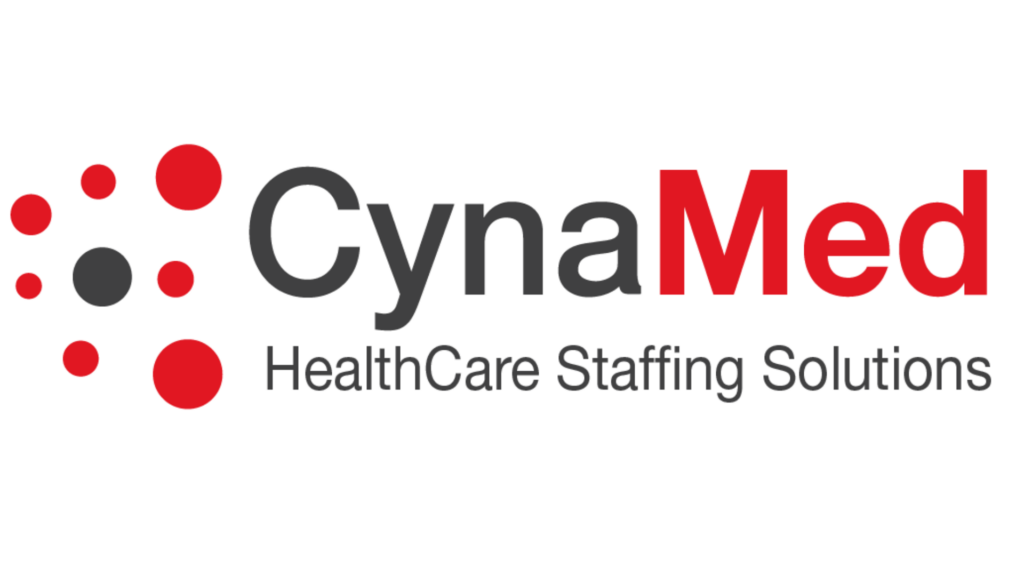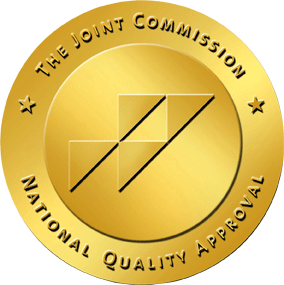CNAs, or certified nursing assistants, play a critical support role in today’s healthcare industry. A CNA assists nurses and doctors in many ways. For example, CNAs help turning or moving, grooming, feeding, dressing, and bathing patients, cleaning rooms, stocking medical supplies, and updating records.
Becoming a certified nursing assistant typically requires about 4 to 8 weeks, with certification coming after the completion of a state-approved training program. While being a CNA is considered to be an entry-level position in the healthcare industry, it is a great first step in a career as a healthcare professional. Likewise, the duties and responsibilities of a certified nursing assistant provide an excellent experience for advancement into a nursing or healthcare management position.
Licensed Practical Nurses (LPNs)
For CNAs looking to advance in their careers, the next step is usually becoming a Licensed Practical Nurse (LPN). LPNs are also known as Licensed Vocational Nurse if you work in Texas or California).
LPNs perform many of the same duties as certified nursing assistants. However, because of the additional training, LPNs can provide more extensive care. For instance, under the supervision of doctors and RNs, licensed practical nurses do the following:
- take vital signs
- administer medications
- collect samples
- report changes in a patient’s condition
- oversee CNAs
- perform other important duties.
Many LPNs credit the practical knowledge and experience gained as a CNA as a major factor in becoming successful professionals.
Requirements for Becoming a Licensed Practical Nurse
Better pay, better job prospects, and greater levels of responsibility make the move to LPN a logical choice for CNAs who want to advance in their nursing career. In short, certified Nursing Assistants looking to make the transition often enroll in CNA to LPN programs.
Select an LPN Program
The first thing a CNA must do is select a program type. There are two choices: a certificate/diploma or an associate’s degree. The career/diploma path takes about a year to complete while the associate’s degree takes two years. Meanwhile, obtaining an associate’s degree will allow a student to transfer earned credits if they decide to go on to become an RN or BSN. Unfortunately, the coursework completed to earn a CNA certification is not transferable to an accredited LPN program.
Many programs are offered in a hybrid format. This means that students can complete a lot of work online but must attend laboratory and clinical sessions in person.
Take the Required Courses
Once a student has decided on an LPN program, they’ll need to check their state’s education requirements to ensure they take the courses they’ll need to qualify for an LPN certification. Many states require courses in anatomy, physiology, and others as a prerequisite to becoming a licensed practical nurse. Also, it is a common requirement for students to pass a TEAS or Test of Essential Academic Skills or other entrance exams as well.
Pass the NCLEX-PN Exam
After a student completes the program, they are eligible to take the National Council Licensing Examination for Practical Nurses (NCLEX-PN). Passing this exam is a requirement to becoming a certified LPN.
LPN to RN/LPN to BSN: the Next Step
LPN to RN and LPN to BSN programs are available to LPNs who want to next step in their careers.
CynaMed Has the Nursing Career Opportunities You’re Looking For!
CynaMed is Pittsburgh’s premier Healthcare Staffing Agency. We provide opportunities to CNAs, LPNs, RNs, and Certified Medical Technicians in Pittsburgh, western Pennsylvania, and Ohio. Likewise, we offer high-quality, high-paying opportunities they need to advance their careers. Also, if you’re looking for a high-paying position that offers opportunities for advancement, contact CynaMed Healthcare Staffing Solutions today.






